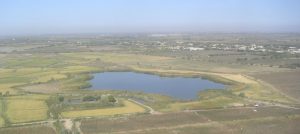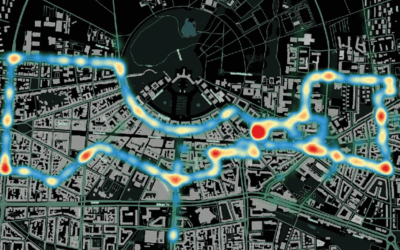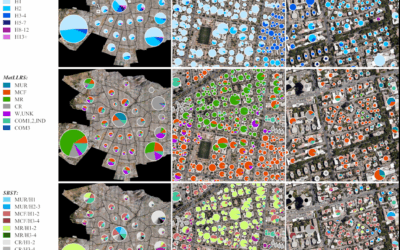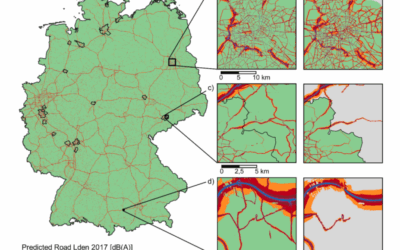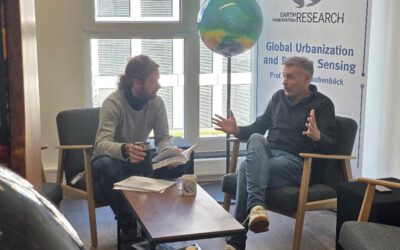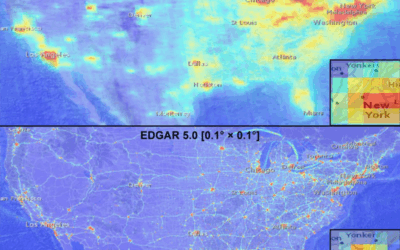In our new publication “Quantifying water volumes of small lakes in the inner Aral Sea Basin, Central Asia, and their potential for reaching water and food security” we combined remote sensing based lake surface areas with bathymetric models derived from field measurements. The study explores the potentials of the lake water for supplementary irrigation in drought periods and rises the question about potential effects of improving irrigation efficiency on the existence of valuable lake ecosystems in the region.
Please find abstract and paper under http://link.springer.com/article/10.1007%2Fs12665-016-5753-8


